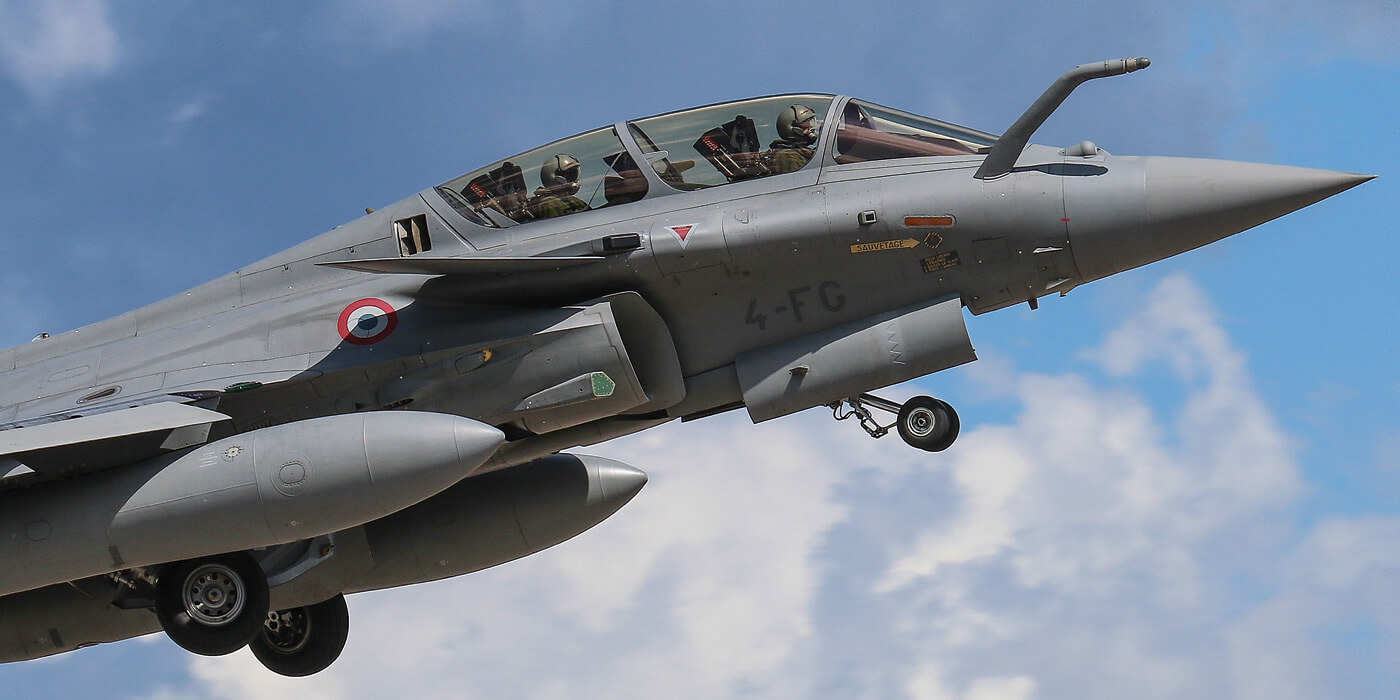Estimated reading time 11 minutes, 38 seconds.
The sky is deep blue and the tops of the scattered clouds below are gleaming in the sunshine. Mojo 1, a captain in the French Air Force, leads Mojo flight, a two-ship formation of Rafale 4th generation fighter aircraft, as they press toward their target on a strike mission.
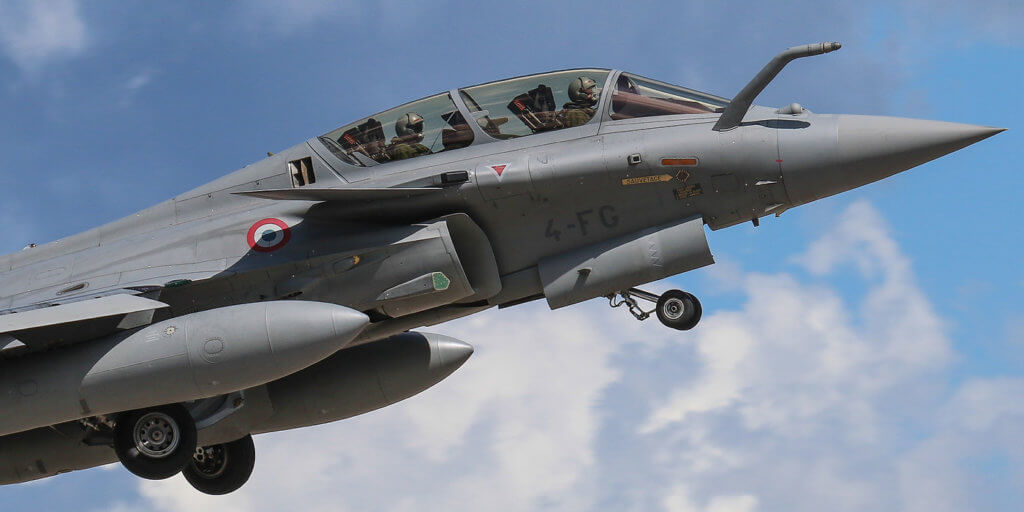
Lead focuses on his aircraft system checks and keeping tabs on his wingman as they prepare to bomb the target displayed in greenish hues on his targeting pod display. Suddenly, the practiced flow of tasks is interrupted by a tone in his helmet and flashing lights and symbols on the aircraft’s radar warning receiver (RWR) system. Someone’s home in bad guy land and they’re not interested in visitors today.
The RWR indicates an enemy radar is searching the sky for intruders. Mojo 1 makes the call.
“Mojo, spike, 11 o’clock.” Mojo 1’s wingman replies with a snappy “two” as a reply that they understand: A radar-guided surface to air missile (SAM) site at their 11 o’clock position has found them.
Efficient communication lets everyone focus on the situation at hand, which is very likely about to change… and it does. The helmet tone becomes significantly more intense as the radar site switches from tracking the flight to targeting it. Seconds count now because there aren’t many left before there’s a SAM launched and on its way toward Mojo flight. Switches need to be checked and defensive systems activated and there’s no time for thinking about it; it needs to be instinctual, following their training and a memorized decision checklist. The tone changes again and lights are flashing throughout the cockpit as the aircraft systems detect the SAM’s launch.
“Mojo, SAM 11 o’clock, break right.”
Mojo’s wingman automatically follows their well-practiced training and avoids the SAM with a combination of countermeasures, jamming and tactics before Mojo 1 gets them back on track to press on with the mission. Today’s target? Aircraft constructed of plywood and hidden in the remote forest of Northwestern Saskatchewan. It’s just another training mission over one of the world’s most advanced fighter pilot training sandboxes, the Cold Lake Air Weapons Range (CLAWR).
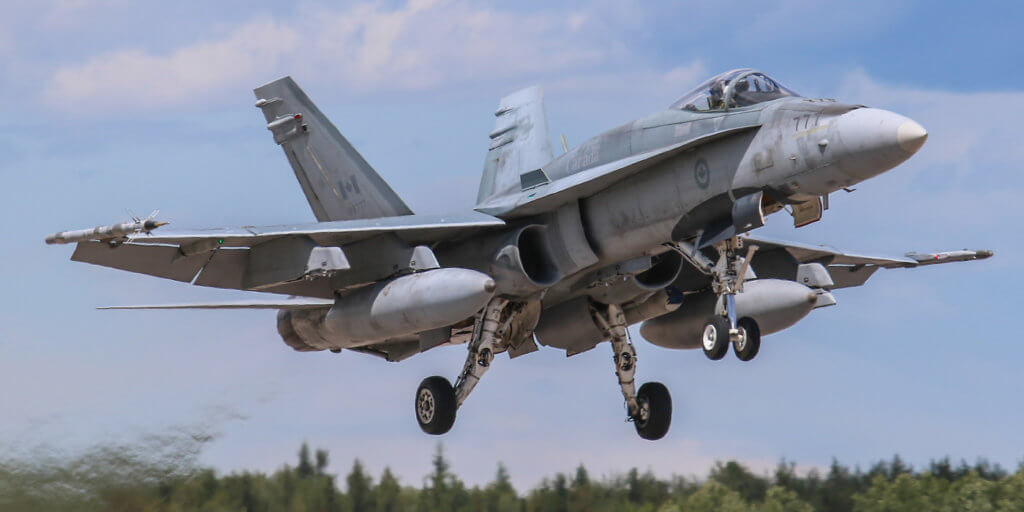
The CLAWR is filled with all the toys both fighter pilots and other tactical aviation crews require in order to train at the highest levels of realism for future combat operations. Located just north of Cold Lake, Alta., the range covers more than 11,750 square kilometres of Canadian boreal forest, with roughly half of it in Alberta and half in neighbouring Saskatchewan.
The range’s unrestricted airspace allows pilots to train in all scenarios, including flying at supersonic speeds or at a low level down in the weeds. Used throughout the year to train Royal Canadian Air Force (RCAF) pilots for combat operations, the range sees its heaviest use during the annual international air warfare training exercise, Maple Flag.
During Maple Flag the RCAF trains with its allies from around the world. They come to Canada to participate in the exercise and take advantage of the world-class training that can be accomplished using the advanced facilities available on the CLAWR.
In a nutshell, the role of the CLAWR is to provide an area where air forces can safely train in an air combat environment that is as realistic as possible. You basically need three things to build such a sandbox for military pilots: a lot of space to practice fighting your way to and from targets; targets to attack that are representative of those you anticipate seeing in future conflicts; and threats, both surface and airborne, which fight back to defend the targets in the same way potential adversaries would. The CLAWR delivers all that and more.
The range is home to 88 target complexes including eight mock airfields. Complete with runways, taxiways, aprons, hangars, headquarters, ops buildings and other representative structures, the airfields and other target complexes are basically areas cut out of the forest and outfitted with structures made from sea containers.
Maj Christopher “Chester” Horch is the officer commanding the RCAF’s Air Force Tactical Training Centre (AFTTC). Among AFTTC’s responsibilities are managing the facilities on the range.
“Our CLAWR engineers get fairly creative at putting together sea containers in various shapes to replicate hangars, aircraft revetment positions and other buildings,” said Horch. “They’ll also represent oil and fuel storage facilities by setting up actual oil drums as they would be stored on an airfield.”
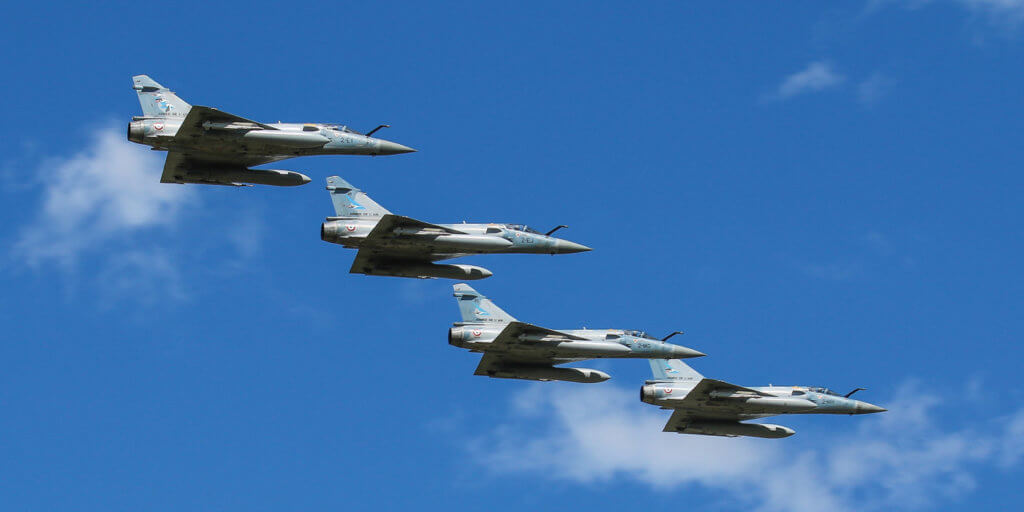
Once complete, these target complexes look very realistic from the air, but they don’t stop there.
“The engineers also do an excellent job of building plywood mock-ups of military vehicles like aircraft and tanks, but these targets can only take a few hits,” continued Horch.
Key to note here is that the more than 600 individual targets that make up the range complexes are designed to have inert practice bombs dropped on them, not live high explosive bombs. Mojo flight’s training goals are achieved with the inert weapons they’ll drop, thereby avoiding the significant safety precautions required to drop live weapons. But not to worry, the CLAWR has facilities for that, too.
Within the CLAWR there are three live fire/drop facilities. When in use, these ranges are staffed with personnel to ensure the security of the range area and control the aircraft using the range. The Jimmy Lake range is an academic instructional facility used largely for fighter pilot bombing and strafing skills training and practice. It is the busiest of the three live fire ranges.
The Primrose Lake range is used almost exclusively by the Aerospace Engineering Test Establishment and provides a highly instrumented range for testing and developing new combat systems. The Shaver River range provides the opportunity to target and drop high explosive (HE) weapons on an actual tank positioned on the range. But, having a range full of enemy targets to attack isn’t very helpful if the bad guys don’t fight back to defend them. This is where the CLAWR really begins to shine as a world-class training facility, as Mojo flight found out on its strike mission.
The CLAWR offers an environment that accurately represents an enemy’s highly integrated air defence system. Regarding ground-based threats, Horch explained: “The CLAWR consists of a wide spectrum of surface-to-air threat systems, from various legacy surface-to-air threats to more advanced ones that are very potent and require suppression of enemy air defences operations to defeat, all the way down to shoulder-mounted man portable surface-to-air missile systems.”
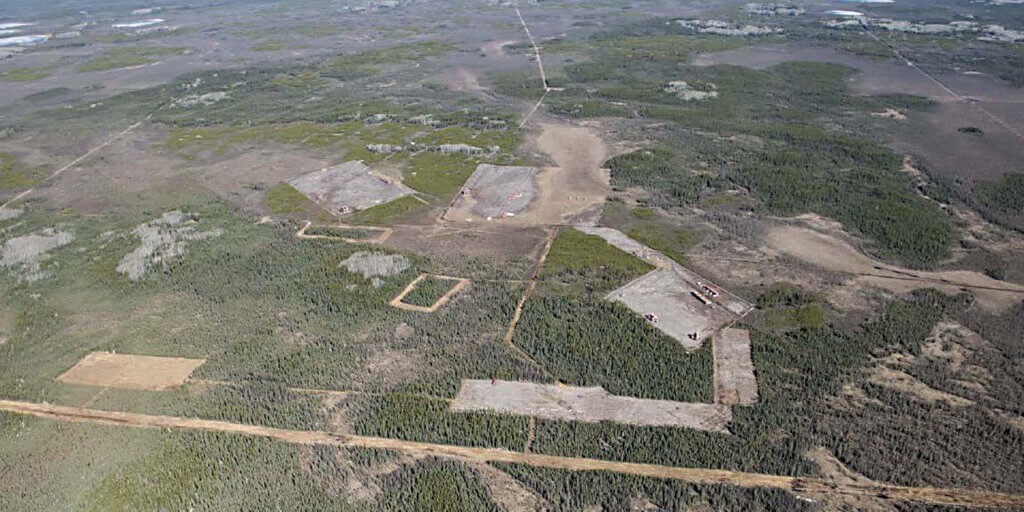
The range has five remote emitters that can generate and send the same kind of signals that enemy air defence systems would use to find, target and attack allied forces.
“The big advantage of the emitters is they transmit the appropriate emissions to trigger aircraft warning systems and allow aircrew to train against threats they may see in a combat theatre. Aircrew receive the same indications in the cockpit so they are forced to make tactical decisions based off the indications and hone their threat reactions to develop the level of muscle memory response and perform advanced manoeuvres to defeat the threat and then decide to either press to the target or return to base to fight another day,” continued Horch.
In addition to the emitters that generate signals, the range also has highly detailed full-scale models of the SAM systems. These allow pilots to practice using their optical systems, including the MK-1 eyeball, to find, identify and engage SAM threats. The fully immersive nature of missions flown over the range is so deep that even though they know they are training against simulated threats, pilots will still admit to a rise in heart rate and an adrenalin rush when they fight against the SAM threats on the range. But attack from the ground is only half of the threat environment over the range. The bad guys have an air force too, and it’s called “red air.”
Red air is the term used to refer to the adversary air force during training over the CLAWR. Until pilots get to the later stages of their CF-188 Hornet training they will typically spar with other Hornets taking on the red air role as they learn the skills of aerial combat. But dogfighting an aircraft that doesn’t look, fly or have the performance characteristics of those they may face in combat leaves a big hole in a pilot’s experience.
The RCAF has addressed the issue by contracting a civilian company, Discovery Air Defence, that is equipped with Alpha Jet fighters that better represent a large portion of real-world threats. The Alpha Jets also carry RCAF electronic warfare officers in their back seats who operate specialized electronic warfare pods. The pods, like the surface threat emitters on the range, replicate the signal emissions of enemy aircraft to provide pilots with training and experience at engaging airborne threats.
Discovery Air Defence is not directly assigned to the CLAWR but does have a permanent detachment of eight aircraft at 4 Wing Cold Lake, Alta., to provide credible airborne adversary services for the training that goes on over the CLAWR all year long, not just during Maple Flag. During a Maple Flag exercise the red air role is shared between Discovery Air Defence, CF-188s and occasionally squadrons from the United States Air Force flying F-16s that specialize in representing red air forces.
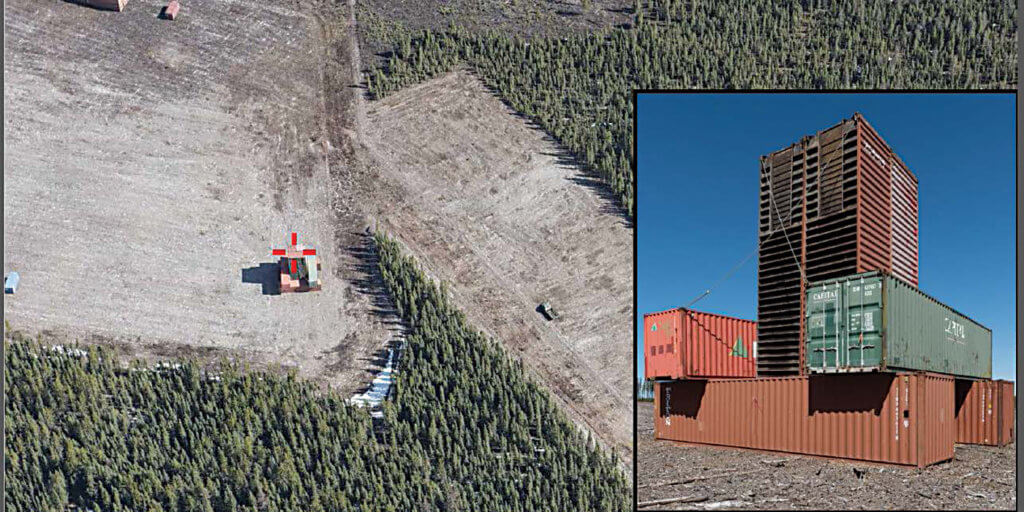
“It’s very important to have advanced radar-equipped aircraft on red air to accurately replicate threat tactics and weapons employment while giving indications on our instrumentation from the airborne threats similar to the surface-based threats,” said Horch.
But all these range assets, the unrestricted air space, the targets and threats are only truly useful if pilots and their crews can review and evaluate their actions during missions. To meet this need, the CLAWR is equipped with a highly advanced air combat manoeuvring instrumentation (ACMI) system. The ACMI system consists of ACMI pods that are carried by the aircraft to record altitude, heading, airspeed, offensive and defensive actions; an array of communication towers to collect and transmit data from the aircraft pods back to AFTTC; and a system to display and analyze the data recorded by the pods.
The information the pods collect is transmitted in real time back to the auditorium at the AFTTC building so other pilots, those running the exercise and observers can watch the fight unfold in real time. After the mission the recorded data allows for the dissection and analysis of each individual action taken during the mission to evaluate the successes and identify lessons learned during the mission.
In the case of an international exercise like Maple Flag, the ACMI system also facilitates interaction between air forces for the purpose of developing new tactics, techniques and procedures they can employ during future coalition operations. The range provides a place to train but it’s in front of the ACMI system that the majority of the learning takes place.
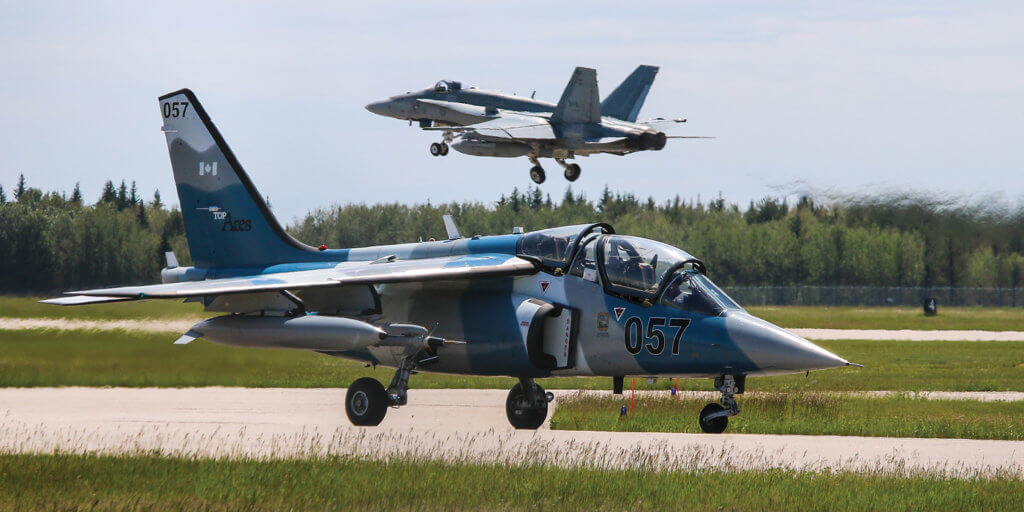
With roughly 80 people involved year-round with the administration, development, maintenance, range staffing and overall operation of the range, it’s obvious the CLAWR is far more than just a chunk of northern airspace dedicated to training military pilots. After seeing all the components the RCAF has integrated to create the CLAWR, it’s easy to understand why pilots love to come to Canada to play in this world-class training sandbox.
The author would like to thank Horch for his time and public affairs officers Capt Matt Strong and Capt Sandra Bourne for helping to make this article possible.
Steve Bigg is a freelance photojournalist specializing in subjects related to his passion for military aviation. He is the owner of Locked On Photography.
